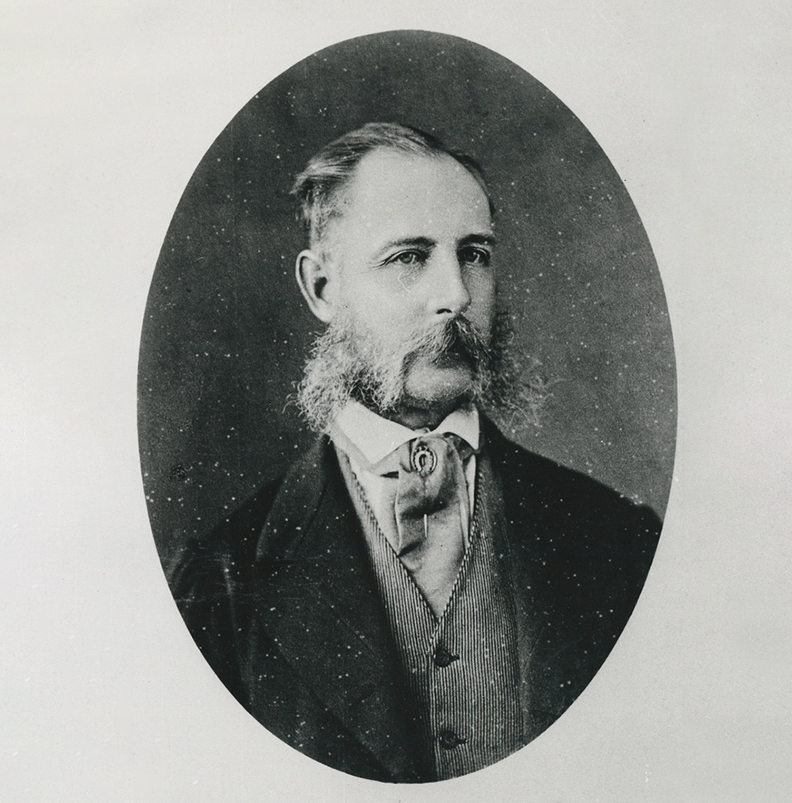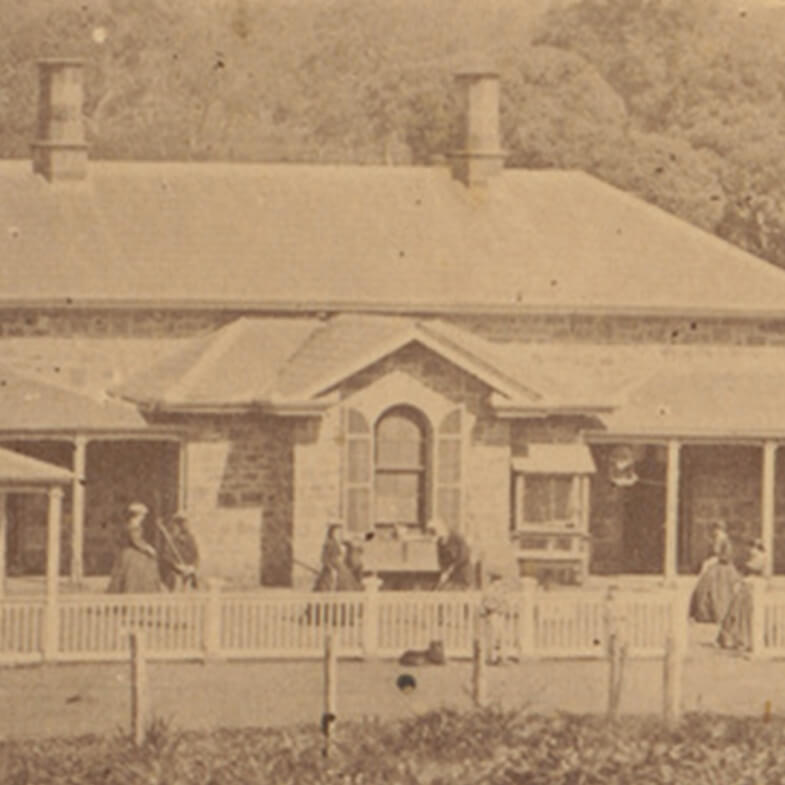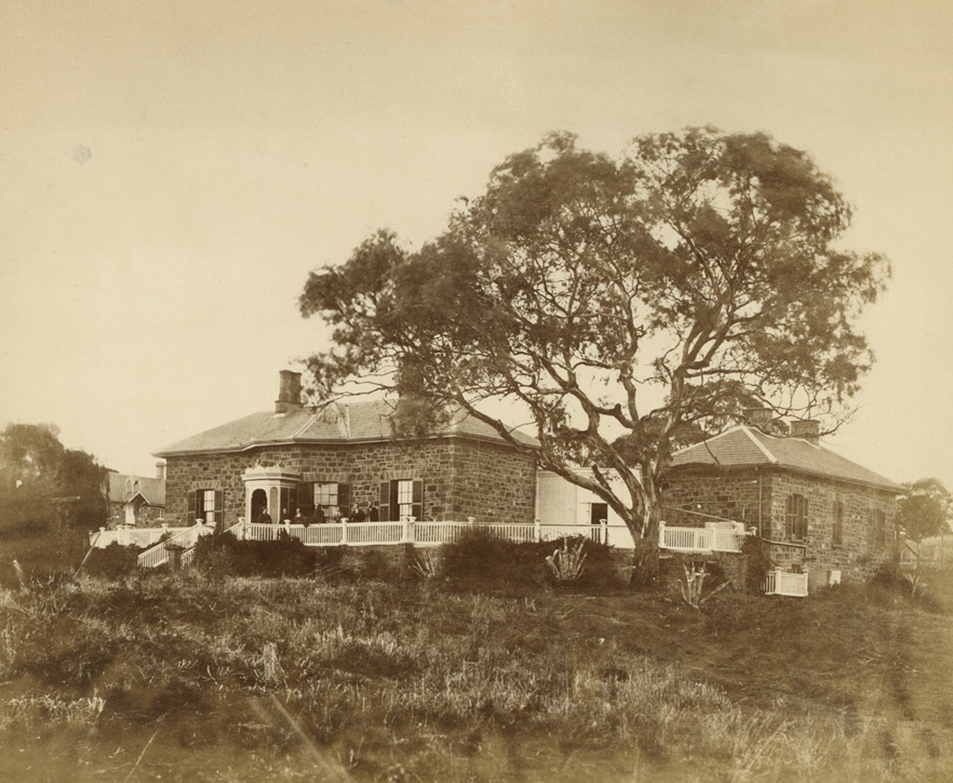In April 1839, Frederick made the acquaintance of Alexander Buchanan on his arrival in Adelaide on the 220-ton brig, Welcome from Canada.
Alexander and seven other men from the Welcome planned to overland a mob of sheep from New South Wales with a view to selling them in the Adelaide market and Frederick commissioned them to add approximately 5,000 to the mob on his behalf.
“July 15
Started this morning with the drays at 8 o’clock and made 12 miles by noon. Halted for an hour and had beef and damper and tea. We take tea to every meal. Made 10 more miles and encamped for the night…. This place is said to be a good deal infested with bushrangers and most of us have our pistols loaded and in bed with us, but it is now my watch from 11 till 1 in the morning and we have not been disturbed…”
The muster concluded in December 1839 when Frederick took delivery of his sheep on the River Light, about 70 miles north of Adelaide. The location was subsequently named Mount Dispersion.
Frederick obtained a grazing lease of 120 acres along the Light River and later re-named the landholding “Anlaby” after a stately home and village in Yorkshire.
Wool from Anlaby was included in the colony’s first wool sale at Adelaide in 1840 when 208 bales were sold. The average price was slightly more than one shilling per pound.
By 1865 Anlaby comprised 100 square miles of freehold land with sheep numbering about 60,000. Frederick was the owner of one of the largest flocks of sheep in the state.
In addition to his pastoral interests, Frederick served as a director of the Bank of Australasia and also invested in copper. In 1846, he and Alexander Elder were partners in a 20,000-acre special survey at Mount Remarkable. Frederick also had interests in copper mines in Kapunda, Montacute and the Princess Royal mine at Burra.
In 1852 he was nominated a member of the Legislative Council but resigned the position the following year.
Frederick imported pure bred Rambouillet and Saxon sheep from Europe in 1852 to add the best genetic base possible to the flock. The development and improvement of the stud continues to this day.
Although Anlaby was not Frederick’s primary residence, he remained active in local affairs, even while living in London. He was a generous benefactor of community projects such as the hospital and the Community Sports and Recreation Park in nearly Kapunda (now called Dutton Park in his honour).
In 1890, Frederick died, unmarried in England leaving Anlaby to his nephew Henry.
The above is an extract from Peter Hayward’s (one of the current owners) book Anlaby: A beautiful step back in time.






